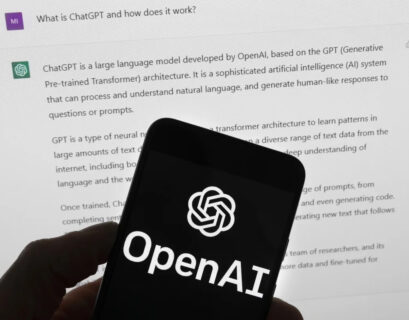Last week, a groundbreaking new piece of AI legislation was introduced by California state Senator Scott Wiener (D-San Francisco) with the aim of “establishing clear, predictable, common-sense safety standards for developers of the largest and most powerful AI systems.”
This well-crafted and politically savvy approach to regulating AI focuses specifically on companies that are constructing the most extensive AI models and the potential risks associated with such massive endeavors.
Similar to how California has set precedents in areas like car emissions and climate change, this legislation could serve as a blueprint for national regulations, which are expected to take considerable time to materialize. Whether Wiener’s bill successfully navigates the statehouse in its current iteration or not, its mere existence signifies a shift in how policymakers view tech leaders’ ambitions to create groundbreaking technologies that carry significant safety implications. It marks a departure from taking such ambitions at face value without any regulatory oversight.
Key Strengths of the California AI Legislation
One of the primary challenges in regulating powerful AI systems lies in defining the scope of “powerful AI systems” amidst the ongoing AI hype wave. In the tech hub of Silicon Valley, every company claims to leverage AI, whether it’s for developing customer service chatbots, algorithmic trading, human-like general intelligences, or even potentially harmful autonomous machines.
The California bill tackles this issue by focusing solely on “frontier” models – those that are “substantially more powerful than any system that exists today.” According to Wiener’s team, meeting the bill’s criteria would entail an investment of at least $100 million, indicating that companies capable of building such models can also afford to comply with safety regulations.
The requirements outlined in the bill for these advanced models are not overly burdensome. Companies developing such AI systems must prevent unauthorized access, have the capacity to deactivate instances of their AI in the event of a safety incident, and inform the state of California about their safety protocols. Additionally, they need to demonstrate compliance with relevant regulations and detail the safeguards in place to avert “critical harms,” defined as scenarios involving mass casualties or damages exceeding $500 million.
Crucially, the development of the California bill involved extensive consultation with prominent AI scientists and garnered support from leading figures in the tech industry and advocates for responsible AI. This collaborative effort underscores a shared understanding among various stakeholders regarding the potential risks posed by highly capable AI systems.
Renowned AI researcher Yoshua Bengio, often regarded as a pioneer in modern AI, lauded the proposed legislation for its practical approach in addressing the safety concerns associated with advanced AI technologies. He emphasized the necessity of stringent testing and safety measures for AI systems beyond a certain capability threshold.
While the bill has received widespread acclaim, it is not without its detractors.
Limitations of the California AI Legislation
Critics have raised concerns about the bill’s efficacy in handling truly hazardous AI systems. Notably, in the event of a safety incident necessitating a “full shutdown” of an AI system, the legislation does not mandate the retention of the capability to deactivate publicly released copies of the AI or those owned by other entities. Given the ease of replicating AI programs, a complete shutdown may prove unfeasible if copies are widespread.
Moreover, the bill’s scope may not encompass all the potential risks associated with AI technology. AI researchers anticipate a range of societal impacts and harms stemming from AI advancements, including widespread unemployment, cyber warfare, fraudulent activities facilitated by AI, biased algorithms, and more.
Existing public policy efforts addressing AI-related concerns tend to encompass a broad array of issues, necessitating diverse solutions that are yet to be fully conceptualized. Mitigating existential risks posed by powerful AI systems is paramount to safeguarding humanity’s future progress, highlighting the need for targeted regulations focusing on the most potent AI models.
While stringent regulations are essential for preventing catastrophic events, addressing algorithmic bias and discrimination requires a distinct approach. Even simple AI models can perpetuate biases, underscoring the importance of strategies that go beyond frontier models to tackle systemic issues within AI technology.
Recognizing that no single law can comprehensively address all AI challenges, it is evident that the journey towards responsible AI development is just commencing. Striving for safe and beneficial AI innovation demands informed and nuanced policymaking efforts. California’s initiative marks a significant starting point in this ongoing process.










